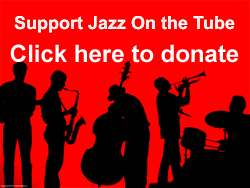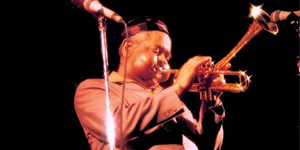Interview with Vic Hobson
Download the mp3 here
Louis Armstrong was a genius – no doubt about that.
But there’s no such thing as a genius in a vacuum.
For some strange reason, the culture and community that gave birth to Louis Armstrong is given short shrift in accounts of his life and art.
In his autobiography and in interviews, Armstrong painted a vivid picture of the world he grew up in, but until now, there has been no in-depth inquiry into what he meant when he said things like “I figure singing and playing is the same,” or, “Singing was more into my blood than the trumpet.”
Now thanks to Vic Hobson’s book “Creating the Jazz Solo” we’re starting to understand what he meant.
Click here to learn more about Vic Hobson’s work:
More
Comments and insights sought (scroll to the bottom of the page)
Comments and insights sought from musicians, music educators and scholars. We’re opening this up to a moderated discussion.
Our goal: To discover if there was something valuable and now lost in music education that can be productively revived.
Musical references:
The Hidden Roots of Jazz Harmony
– Ken McCarthy
Jazz on the Tube
P.S. Our unique programming is made possible by help from people like you. Learn how you can contribute to our efforts here: Support Jazz on the Tube
Thanks.






